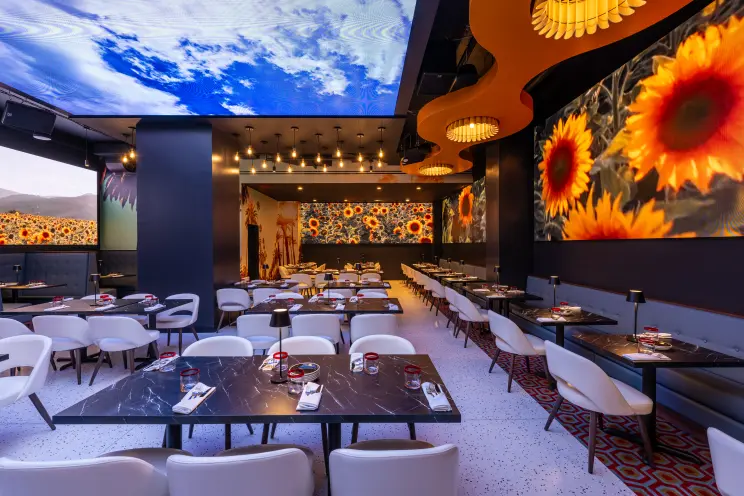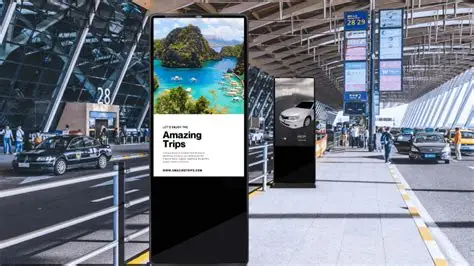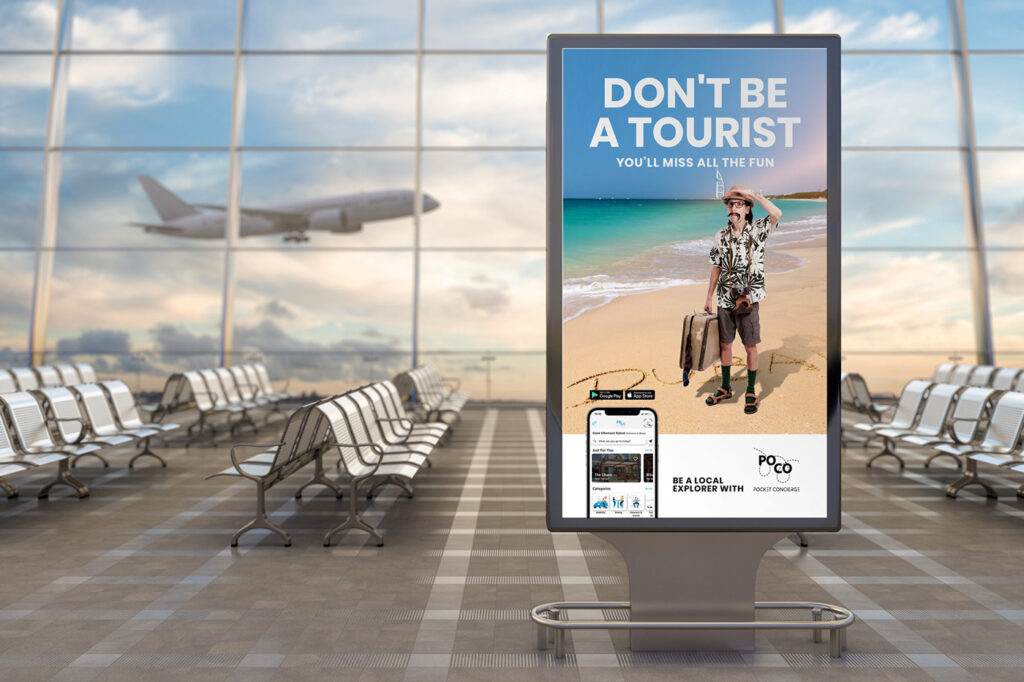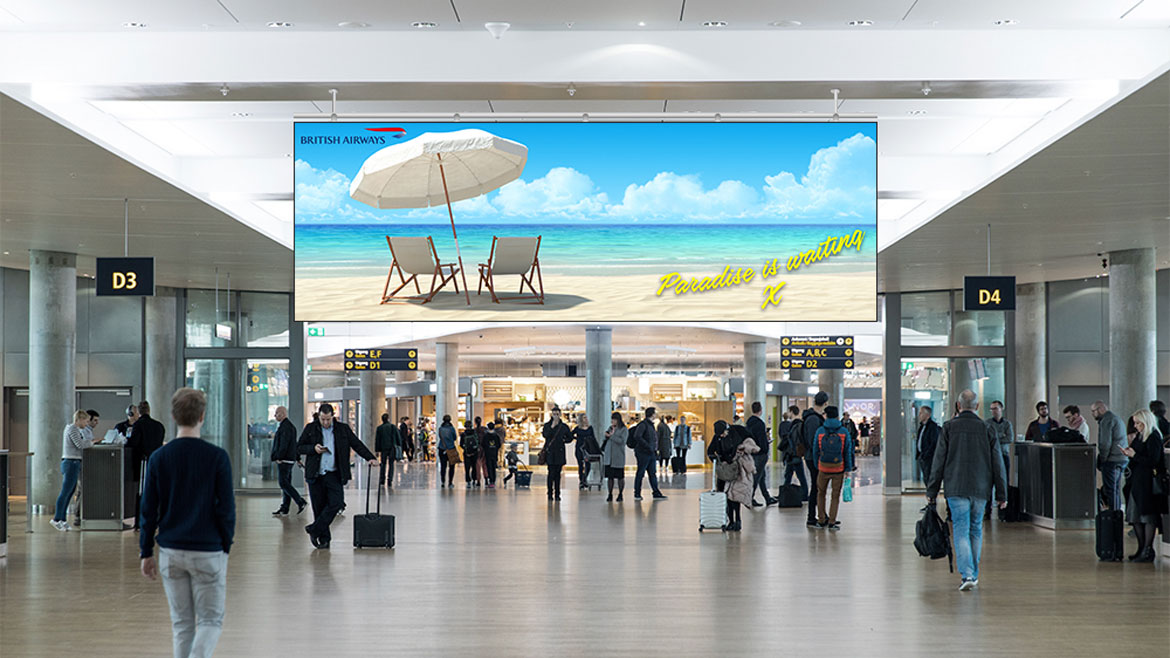

Tourism is changing. Travelers want more than brochures and static signs — they expect real-time information that helps them get around, find local spots, and make the most of their visit. That’s why cities, airports, and attractions are turning to digital signage for tourism.
From arrival gates to walking tours, digital signage for tourism is helping visitors move with confidence and discover more along the way. It’s becoming a core part of how destinations communicate — not just to guide people, but to connect with them.

Traditional signs are useful, but they’re limited. They don’t change with the time of day, the season, or the situation. Digital signage for tourism, on the other hand, is flexible. It can show live transit updates, highlight upcoming events, push out emergency notices, or suggest places to eat nearby.
The real value is in how quickly it can adapt. If there’s a last-minute festival, a sudden trail closure, or just a shift in the weather, content can be updated immediately. No printing, no waiting. That makes it a smarter way to talk to people who are often unfamiliar with their surroundings.
Tourists land with questions: Where’s my hotel? What’s nearby? Digital signage for tourism in airports and train stations gives clear answers right away — directions, attractions, ride-share zones, even multilingual welcome messages.
It reduces confusion and helps travelers get oriented faster. And for cities, it’s a chance to make a strong first impression.
In city centers and tourist zones, digital displays are replacing or supplementing printed maps and posters. They highlight walking routes, public restrooms, business districts, or live events — whatever matters most in that location.
Well-placed digital signage for tourism keeps foot traffic flowing and spreads attention beyond just the top attractions. That means more local businesses get noticed, and visitors see more of what the area has to offer.

Hotels use digital screens to promote on-site services — spas, restaurants, tours — as well as off-site recommendations. It’s easier than having guests ask at the front desk or pick through outdated brochures.
With digital signage for tourism, hotels can highlight seasonal events, suggest day trips, or post real-time updates like weather or traffic alerts — all without printing a thing.
Museums and parks use signage for more than directions. They show exhibit info, visitor tips, and interactive content that adds context to what people are seeing.
In parks or outdoor spaces, digital signage for tourism can display safety info, trail conditions, or environmental notices. It helps protect visitors and the places they came to see.
Digital signage for tourism isn’t just good for travelers — it’s good for cities and local economies, too:
It’s a practical investment with measurable results — one that keeps paying off as more visitors come through.
Modern signage isn’t just a slideshow on a screen. Good systems let cities and tourism boards pull in live data — weather, transit, social media — or schedule updates automatically.
Some displays are interactive, some offer QR codes to push directions or coupons to phones. Transparent LED displays can even mount on glass without blocking views — a smart option for historic buildings or scenic areas.
Whatever the setup, the goal is the same: keep people informed and make their visit easier.

The power of digital signage for tourism is only as strong as the content behind it. That means:
When the information is relevant, visitors trust it — and use it.
Travel is full of small decisions — where to go next, what to do, how to get there. Digital signage for tourism helps answer those questions quickly and clearly. For cities, attractions, and hospitality businesses, it’s a reliable way to improve the visitor experience without adding staff or overhead.
As tourism rebounds and travelers become more connected, clear communication becomes more valuable. Companies like SeeThruDisplays are helping destinations deliver it — with well-designed, flexible signage that fits the environment and works from day one.